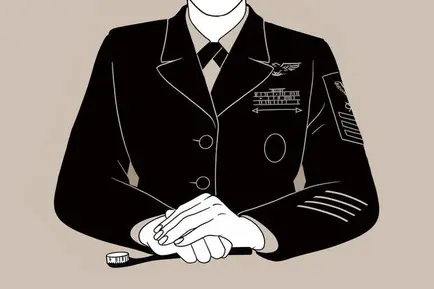T4K3.news
U S Open mixed doubles final four
The revamped mixed doubles event is down to four teams and moves toward a Wednesday final with a $1 million prize at stake.
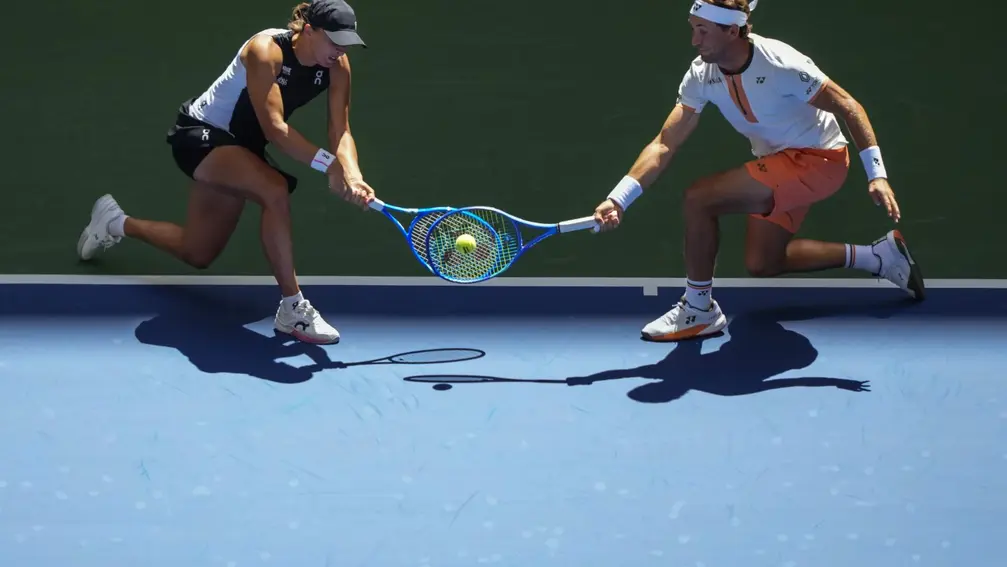
The revamped U.S. Open mixed doubles format has drawn mixed reactions as matches move to early rounds and a $1 million prize.
New US Open mixed doubles championship is already down to its final 4
NEW YORK AP The USTA has launched a compact mixed doubles format at the U.S. Open. The field is eight teams, chosen by a mix of combined singles rankings and wild cards, and matches use a shorter structure with sets to four games and a 10 point tiebreak in most rounds. The event runs during fan week at Louis Armstrong Stadium with free admission, a move designed to draw crowds and raise exposure for doubles. Officials say the format is a real Grand Slam competition, not an exhibition, even as some players describe the experience as an experiment. Critics point to a field dominated by singles specialists who rarely play doubles and to the unconventional scoring, while supporters point to the packed stands and brisk pace as benefits for the sport.
Casper Ruud and Iga Swiatek, the No 3 seeds, won both of their matches and will face the top seeded pairing of Jessica Pegula and Jack Draper in the other semifinal. The defending champions Sara Errani and Andrea Vavassori will meet Danielle Collins and Christian Harrison after Jannik Sinner and Katerina Siniakova withdrew due to illness, opening a path for another mix of players. Several high profile singles names such as Carlos Alcaraz, Emma Raducanu, Novak Djokovic and Elena Rybakina were eliminated early, underscoring the risk and reward of the new format for players who balance multiple events. The experiment seems to be working for some fans who filled the arena, but it remains unclear whether the changes will endure beyond this year or redefine the role of doubles at the U.S. Open.
Key Takeaways
"This is the official mixed doubles, and if we reach the final tomorrow everyone will be determined to win this thing."
Casper Ruud on the seriousness of the event
"Playing this format is great for doubles and mixed doubles to develop in the future."
Errani and Vavassori on development potential
"Stamina is less of a factor now that sets are four in the first rounds."
Fan perspective on pacing and stamina
"It keeps the pace going and attracts more fans in and out of Armstrong."
Audience reaction to the crowd response
From a editorial standpoint this change tries to balance spectacle with a fair test of doubles skill. By bringing in top singles players, the event gains star power, yet it risks sidelining traditional doubles specialists who see fewer opportunities. The two day window and early schedule push pace and accessibility, but the format could hurt the sport if the field remains star driven. The $1 million prize creates a real incentive to win, which could attract more doubles teams in the future.
Looking ahead, the experiment will hinge on audience engagement and the health of the doubles circuit. If fans respond positively and more stars participate without squeezing out doubles specialists, the format could win long term support. If not, the event risks becoming a loud experiment that leaves doubles players on the margins. The USTA has shown willingness to take risk; now it must measure both the damage and the payoff to the sport.
Highlights
- This is the official mixed doubles and we will see who reaches the final.
- Playing this format is great for doubles and mixed doubles to develop in the future.
- Stamina is less of a factor now that sets are four in the first rounds.
- It keeps the pace going and attracts more fans in and out of Armstrong.
Concerns over new format trigger public reaction and controversy
The shortened format and field selection for the U.S. Open mixed doubles have drawn criticism from traditional doubles players and fans who worry the changes undermine the sport's balance while offering a large prize that may attract non specialists. The ongoing reception among players and spectators could influence future iterations of the event.
The experiment will test whether speed and visibility can sustain the doubles side of the game over time.
Enjoyed this? Let your friends know!
Related News
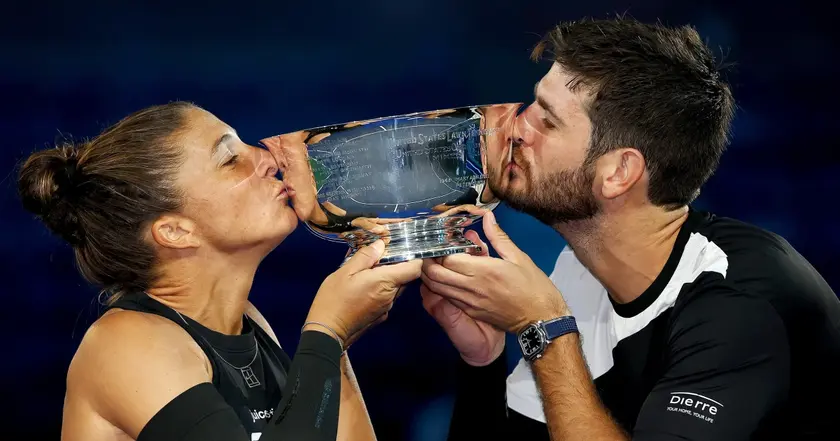
Errani Vavassori win revamped US Open doubles

Estrogen protects kidneys from ferroptosis
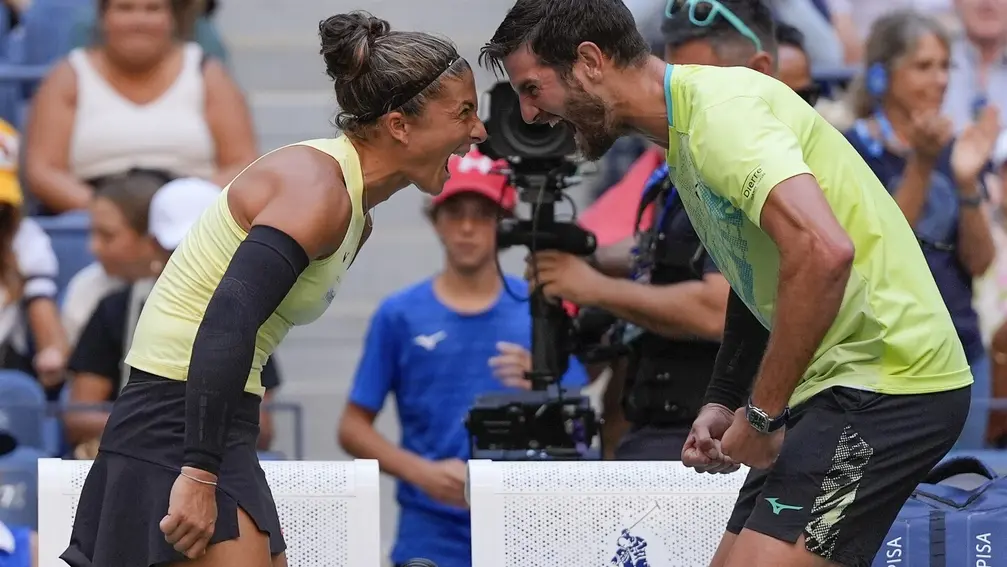
US Open mixed doubles changes spark debate
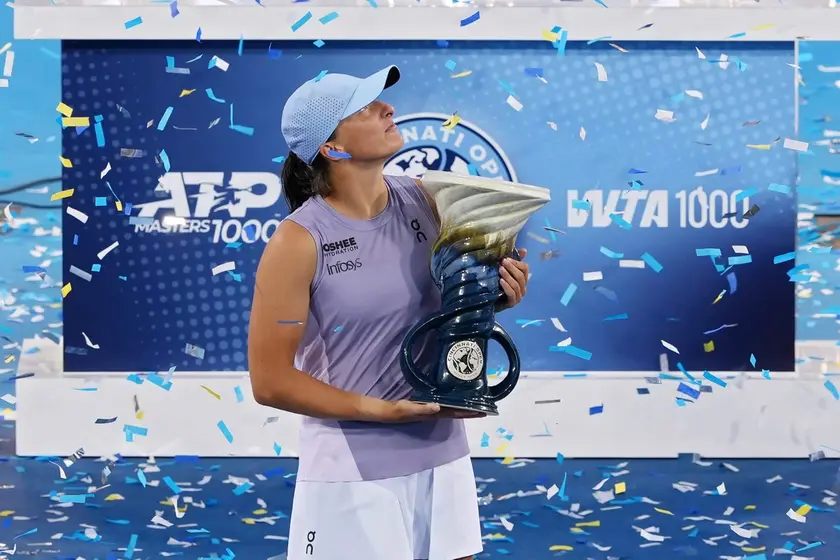
Swiatek wins Cincinnati title
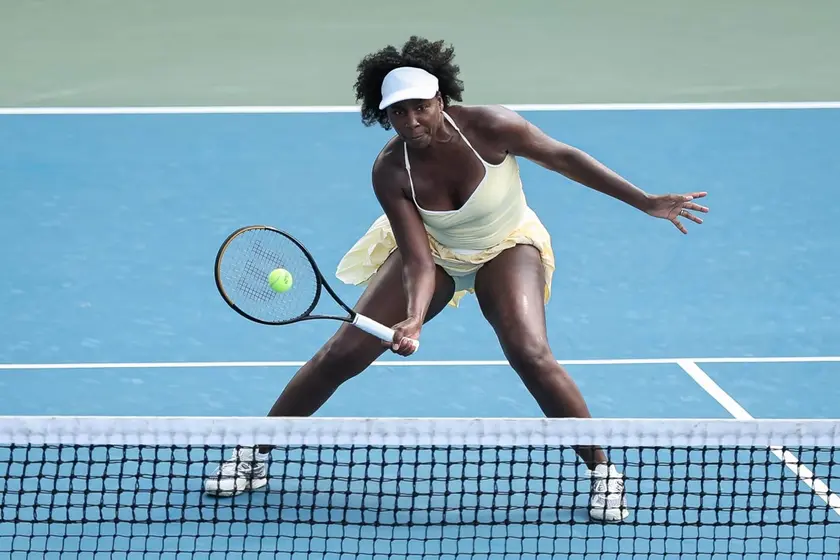
Venus Williams loses to Magdalena Fręch at Citi Open
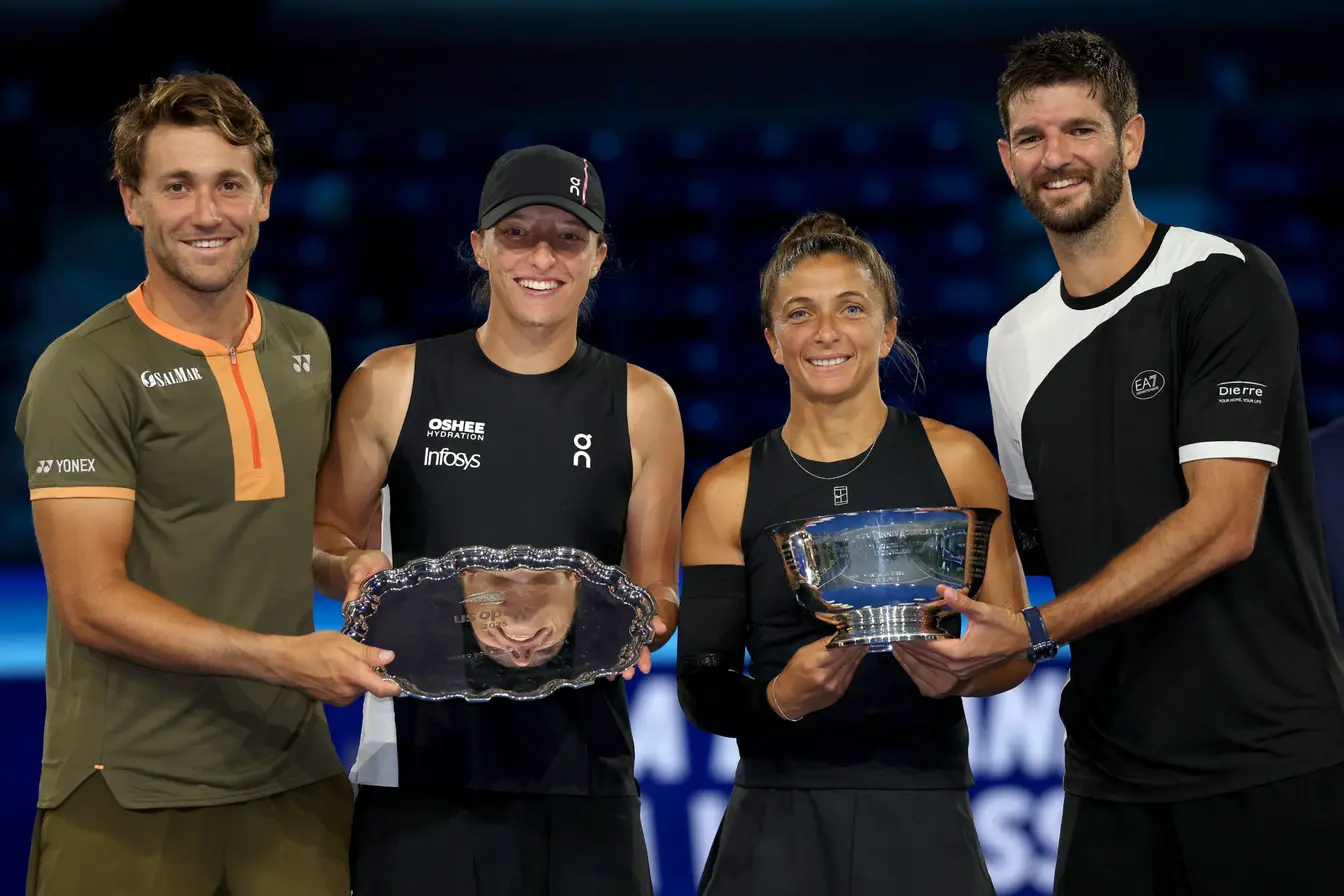
Doubles debate over US Open continues

Errani and Vavassori win US Open mixed doubles

SLC45A4 and pain link discovered
